-
24, Kabir Rd, Lake Range , Kolkata-700026
Opening Time : 9:30am-5:30pm
24, Kabir Rd, Lake Range , Kolkata-700026
Opening Time : 9:30am-5:30pm
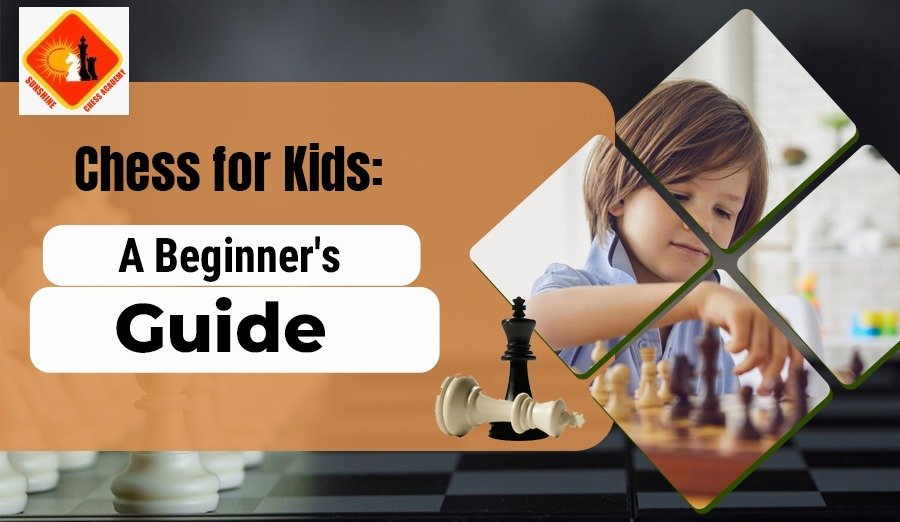
By Admin
Dear Reader!
Welcome to Sunshine Chess Academy, your premier destination for chess coaching for kids in Kolkata. Our comprehensive beginner’s guide offers valuable insights and strategies to ignite your child’s curiosity and elevate their gameplay. With experienced instructors and a commitment to nurturing young minds, we’re dedicated to empowering your child both on and off the chessboard. Join us at Sunshine Chess Academy and embark on a fulfilling journey to unlock your child’s potential through the fascinating world of chess.
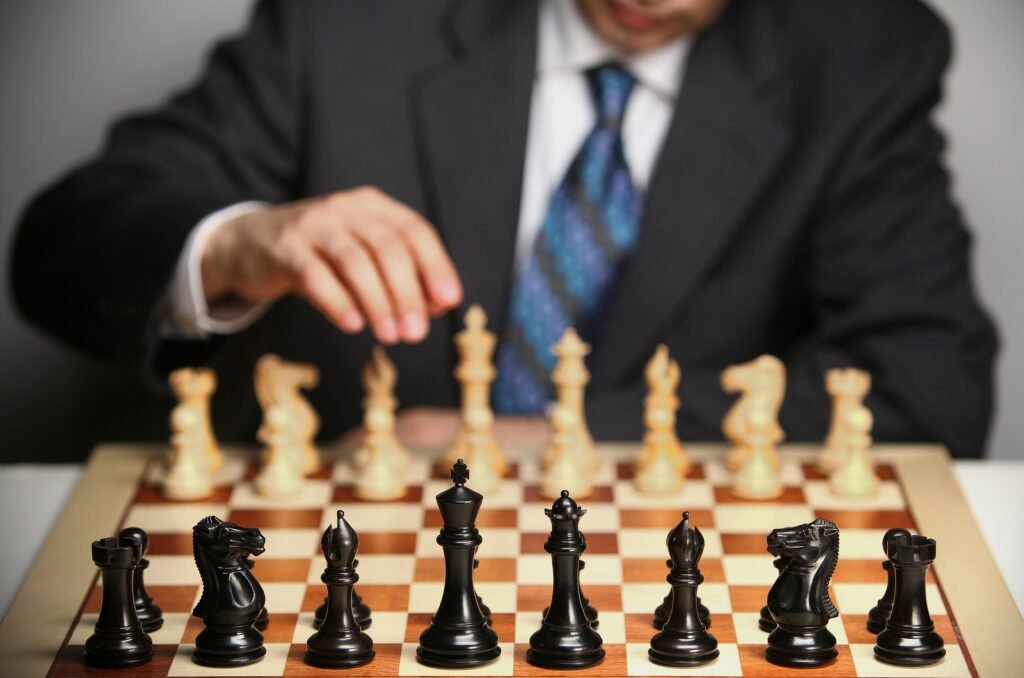
Chess is a game for two players. It needs thinking and planning. The board has 64 squares in an 8×8 pattern. Each player has special pieces to move. They try to win by outsmarting their opponent. Chess is like a mental workout where players need to think ahead to win. It’s not just a game—it’s a test of skill and strategy.
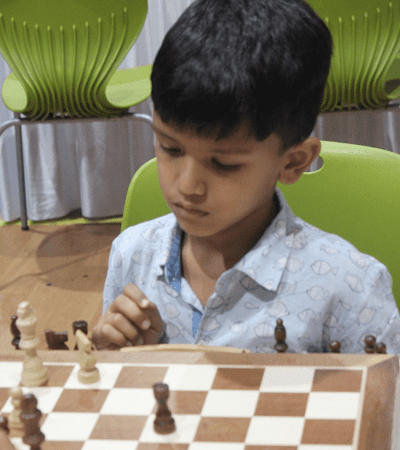
Introducing chess to kids early on can boost their brain development. It’s like giving their minds a good workout! As they play, kids learn to focus better and concentrate longer, improving their attention span for tasks like homework or listening in class.
Chess also teaches kids strategic thinking. It’s like solving a big puzzle where they have to plan their moves and anticipate their opponent’s next move. This kind of thinking helps kids become better problem-solvers in various situations, not just in chess. So, chess isn’t just a game—it’s a fun way for kids to learn and grow, strengthening their brains and skills for life’s challenges!
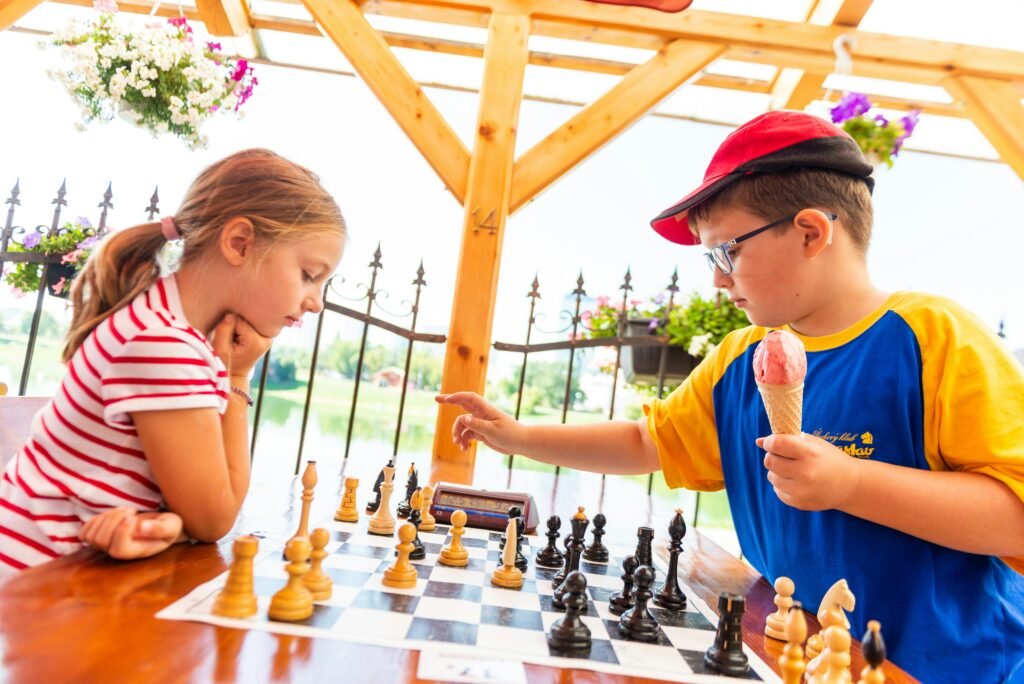
Photo by Michal Vrba on Unsplash
Chess isn’t just a game—it’s a powerful tool that offers numerous benefits for children. As kids engage in the strategic battles of chess, they unlock a world of cognitive development, problem-solving skills, and mental agility. In this section, we’ll delve into the myriad benefits that chess brings to the table for young minds, shaping them into sharper thinkers and resilient individuals.

Imagine Sarah, a chess-loving kid who sees the game as more than just fun—it’s a brain workout! Chess is like a mental gym for Sarah, exercising her brain as she moves her pieces strategically across the board.
One of the coolest things about chess is how it boosts Sarah’s problem-solving skills. When faced with a tricky move from her opponent, Sarah must think fast to protect her king while outsmarting her rival. This sharpens her creativity and adaptability for all sorts of challenges.
Chess also hones Sarah’s decision-making abilities. Each move she makes requires careful consideration, teaching her to weigh options and make smart choices—a skill vital for school, home, and beyond.
Plus, chess enhances Sarah’s spatial awareness. As she plans her moves, she visualizes how pieces interact, improving her understanding of shapes and patterns—an asset not only in chess but also in subjects like math and science.
Through chess, Sarah doesn’t just play—she grows stronger, smarter, and more confident, making it an awesome game for kids!

Playing chess is like tackling a giant puzzle. Each move you make affects the game, much like fitting puzzle pieces together. When playing against a friend, you must anticipate their moves, almost like predicting the future!
For instance, if you move your bishop to attack their pawn, your friend must respond. They might protect the pawn with their knight or counterattack one of your pieces. Being prepared for their moves is key.
This constant back-and-forth thinking builds problem-solving skills. You’re always planning ahead, trying to outsmart your opponent while adapting to their moves—a mental workout that boosts creativity.
Just like with puzzles, the more you play chess, the better you become at problem-solving. With practice, you learn new strategies and become more adaptable. So, playing chess isn’t just fun—it’s also a path to becoming a sharper problem-solver!
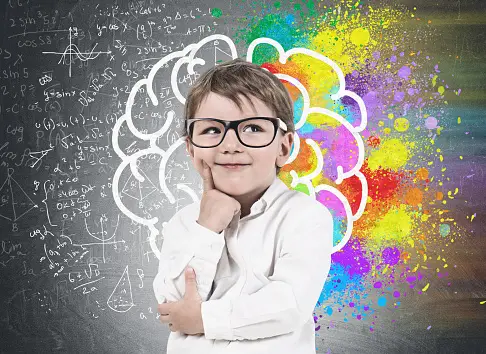
Playing chess is like exercising patience and concentration—essential mental muscles that grow stronger with practice.
Imagine a child playing chess with a friend or family member. As they ponder their next move, they’re not just strategizing—they’re also learning to wait patiently for their turn. They must sit still and concentrate, carefully weighing their options.
As the game unfolds and challenges arise, patience becomes even more crucial. Instead of rushing or getting frustrated, the child learns to stay calm and focused, waiting for the right opportunity to act.
Throughout the game, their concentration is put to the test. They must analyze their opponent’s moves and plan their strategy. With each move, their concentration strengthens, allowing them to stay focused for longer.
Through chess, children develop patience and concentration. They learn the value of waiting, staying calm under pressure, and focusing their attention—an invaluable skill set for success in various aspects of life.
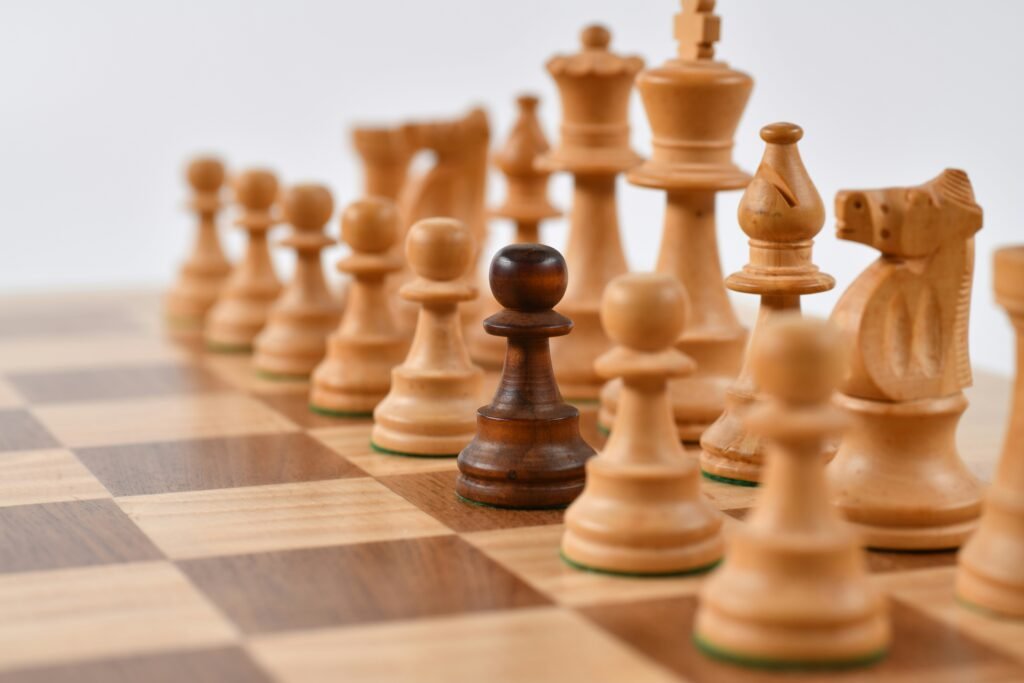
Photo by Randy Fath on Unsplash
Getting Started: Basics of chess coaching for kids
Starting chess is like embarking on a thrilling adventure into strategy and tactics. Here, we’ll cover the basics, from the layout of the chessboard to the movements of each piece. Whether you’re new to the game or refreshing your skills, this guide will set the stage for your chess journey. Grab your board and pieces, and let’s dive in!
The chessboard is like a giant checkerboard, with 64 squares in total, alternating between light and dark colors. It’s 8 squares wide and 8 squares tall, providing the battlefield for your chess game.
As for the pieces, each player starts with 16 in total:
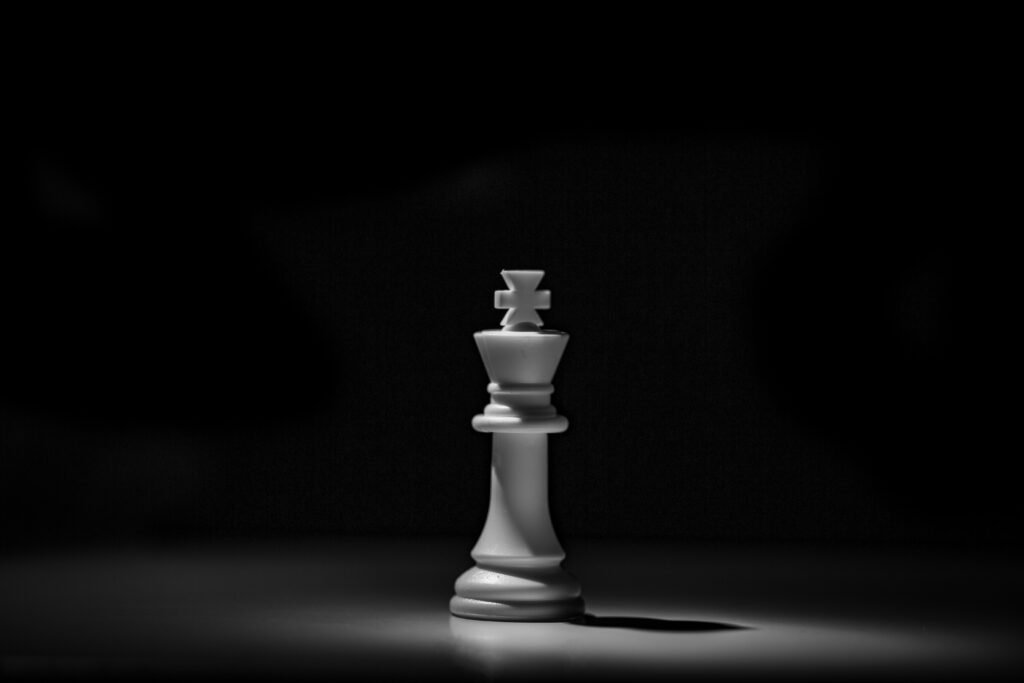
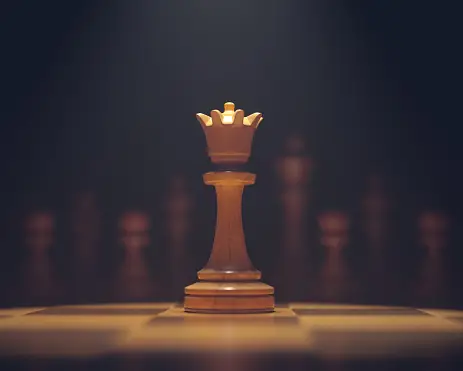
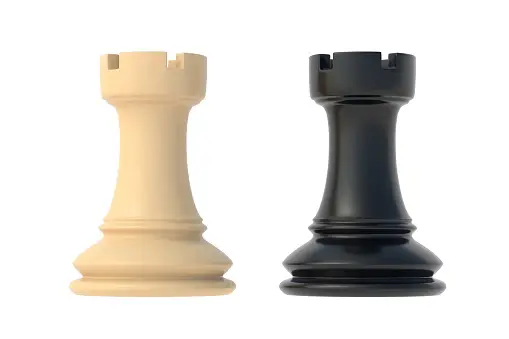
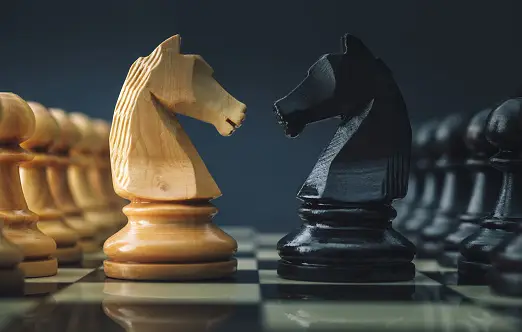
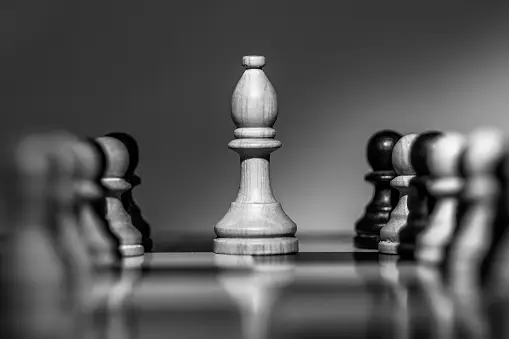
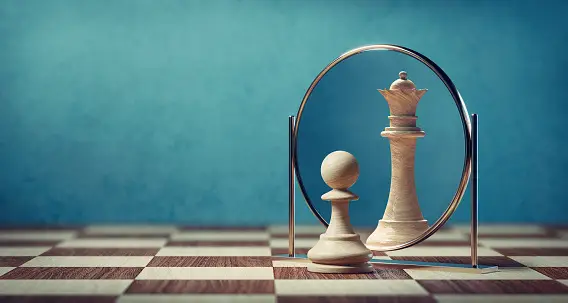
Knowing each piece’s movements is essential for strategic play, aiming to outsmart your opponent and protect your king while capturing theirs.
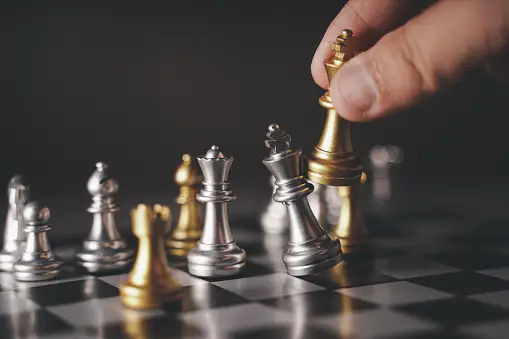
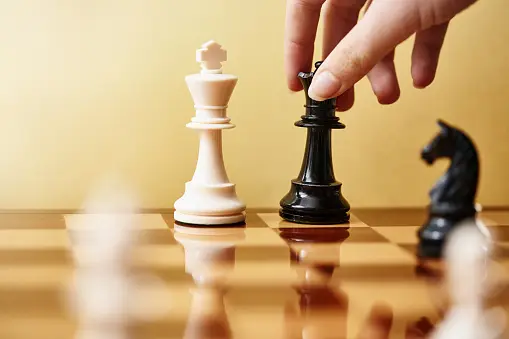

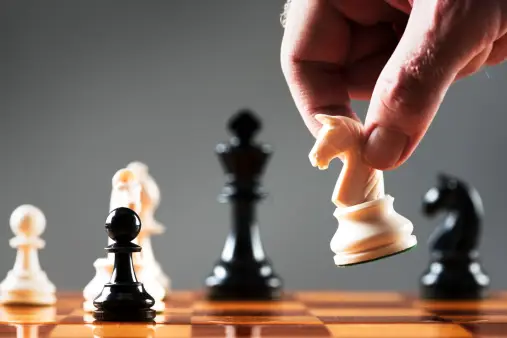
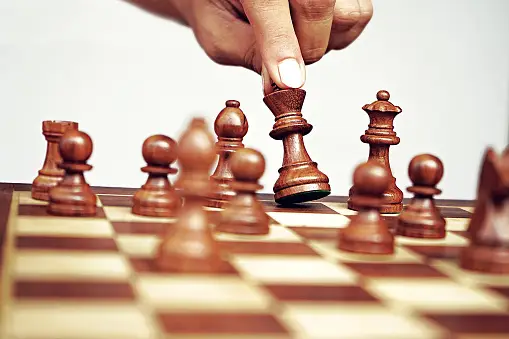
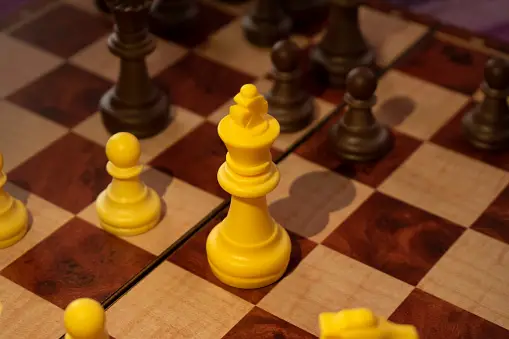
Understanding these movements is key to planning your strategy and outmaneuvering your opponent on the chessboard. With practice, you’ll master these movements and become a skilled chess player!

Introducing chess to kids can be an exciting and rewarding experience. Teaching them the fundamentals of the game not only develops their cognitive abilities but also fosters essential skills like problem-solving and critical thinking. In this section, we’ll explore various tips and strategies to make learning chess fun and engaging for children. Whether you’re a parent, teacher, or chess coach, these insights will help you guide young learners on their chess journey and set them up for success on and off the board.
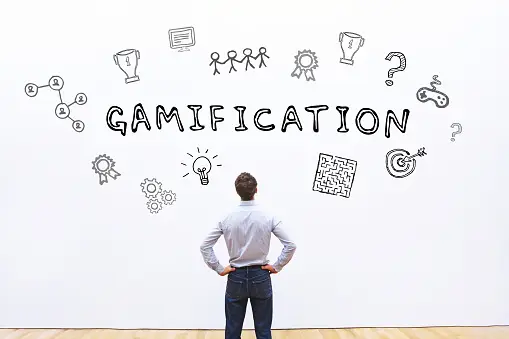
Making learning chess enjoyable for children is crucial for keeping them engaged and motivated. Research has shown that incorporating games and activities not only enhances children’s interest in chess but also improves their learning outcomes. Here’s how you can make learning fun for kids:
By incorporating these fun and interactive strategies into chess lessons, educators and parents can create an enriching learning environment that fosters children’s enthusiasm for the game while nurturing their cognitive and social development.

Breaking down the rules of chess into simple steps is essential for children to grasp the fundamentals of the game effectively. Here’s an example of how to introduce the rules gradually, starting with the basic movements of each piece:

Example: Set up a practice game where children only use pawns. Encourage them to move their pawns forward and capture opposing pawns to reinforce their understanding of pawn movements.
Example: Create a puzzle or game where children practice moving rooks and bishops to capture opposing pieces or reach specific squares on the board. This hands-on activity allows children to experiment with different movement patterns and gain confidence in using these pieces effectively.
Example: Play a game where children take turns moving knights and queens to capture opposing pieces or defend their own. Encourage them to strategize and think ahead as they maneuver their pieces across the board.
Example: Play a simplified version of chess where children focus on protecting their kings while attempting to capture their opponent’s king. Emphasize the importance of keeping the king safe and avoiding risky moves.
By breaking down the rules of chess into simple steps and providing hands-on practice through games and puzzles, children can gradually develop a solid understanding of the game’s mechanics and strategies. This approach allows them to learn at their own pace while building confidence and enthusiasm for playing chess.

Incorporating visual aids and interactive games into chess instruction has become even more effective with advancements in technology. Here’s how updated technology enhances the use of visual aids and games in teaching chess to children:
Example: Chess tutorial websites and mobile apps offer interactive diagrams and video lessons that allow children to explore different chess positions, learn from master players, and practice strategies in a virtual setting.
Example: Chess learning platforms like Chess.com, lichess.org, and ChessKid.com offer interactive chess lessons, puzzles, and practice games designed specifically for children. These platforms use advanced algorithms to adapt to each child’s progress and provide personalized recommendations for improvement.
Example: AR chess apps enable children to scan physical chessboards with their smartphones or tablets and see animated chess pieces and move suggestions overlaid on the board. VR chess simulations provide a fully immersive experience, allowing children to interact with virtual chess pieces and environments using VR headsets and controllers.
By harnessing the power of updated technology, educators can enhance the effectiveness of visual aids and games in teaching chess to children. These innovative tools not only make learning more engaging and interactive but also provide opportunities for personalized instruction and skill development in the digital age.
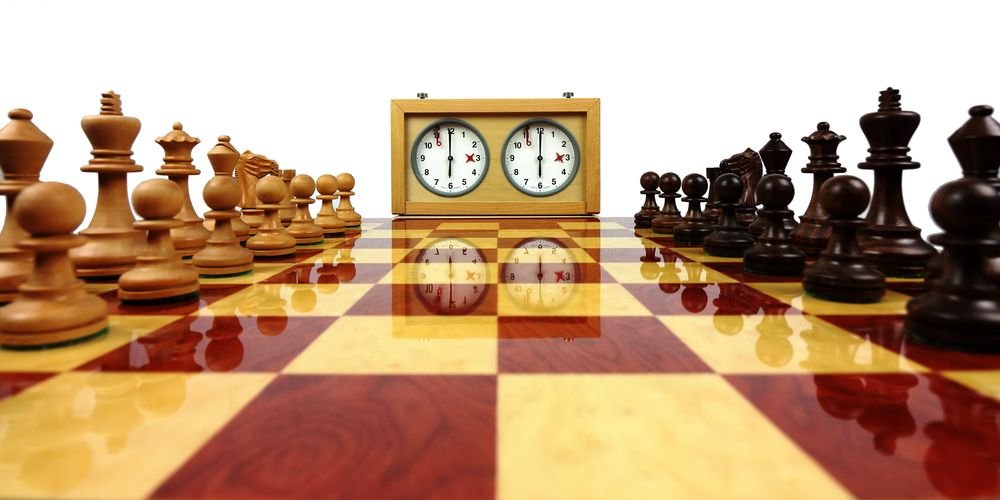
Pic source: chess.com
Playing chess involves not only mastering the moves of the pieces but also understanding the rules and etiquette that govern the game. Here’s an elaboration on each topic and subtopic:
Setting up the board
Before diving into a game of chess, it’s essential to ensure that the board is set up correctly. The board should be positioned so that each player has a white square in the bottom-right corner. Additionally, the pieces should be arranged in their designated starting positions:
– Rooks in the corners
– Knights next to the rooks
– Bishops next to the knights
– Queen on her own color square (white queen on white square, black queen on black square)
– King next to the queen
– Pawns in front of the other pieces
This initial setup ensures that both players start with an equal playing field, ready to engage in a strategic battle.
Turn-taking and fair play
Chess is not just about making moves but also about demonstrating good sportsmanship and respect for your opponent. Children should be taught the importance of taking turns and playing fair, regardless of whether they’re winning or losing. Emphasize the following aspects of fair play:
– Waiting for their opponent to finish their move before making their own.
– Avoiding distracting or disruptive behavior during the game.
– Accepting victories graciously and learning from defeats.
– Respecting their opponent’s decisions and not pressuring them to make mistakes.
By instilling these values, children develop not only as chess players but also as individuals who value integrity and sportsmanship in all aspects of life.
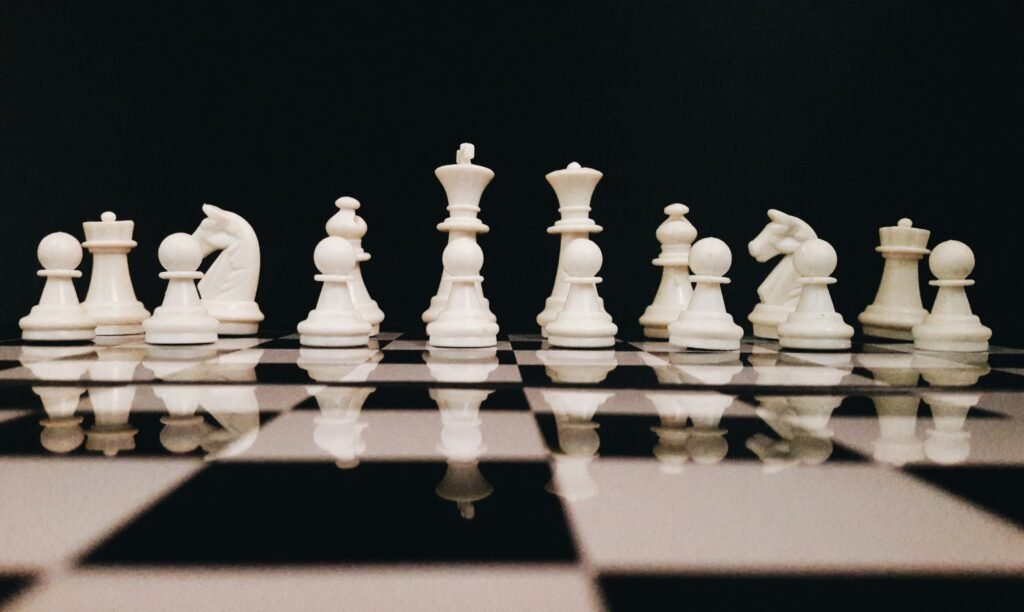
Introducing children to the basic rules of chess lays the foundation for their understanding of the game. Some key rules to cover include:
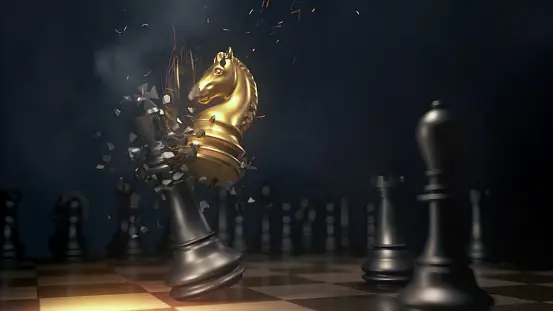
Checkmate: Explaining that the primary objective of the game is to put the opponent’s king in a position where it cannot escape capture, known as checkmate. This signals the end of the game, with the checkmated player conceding defeat.

Stalemate: Teaching children that if a player’s king is not in check but they have no legal moves available, the game ends in a draw due to stalemate. This rule prevents players from exploiting a position where the opponent’s king has no moves without being in check.
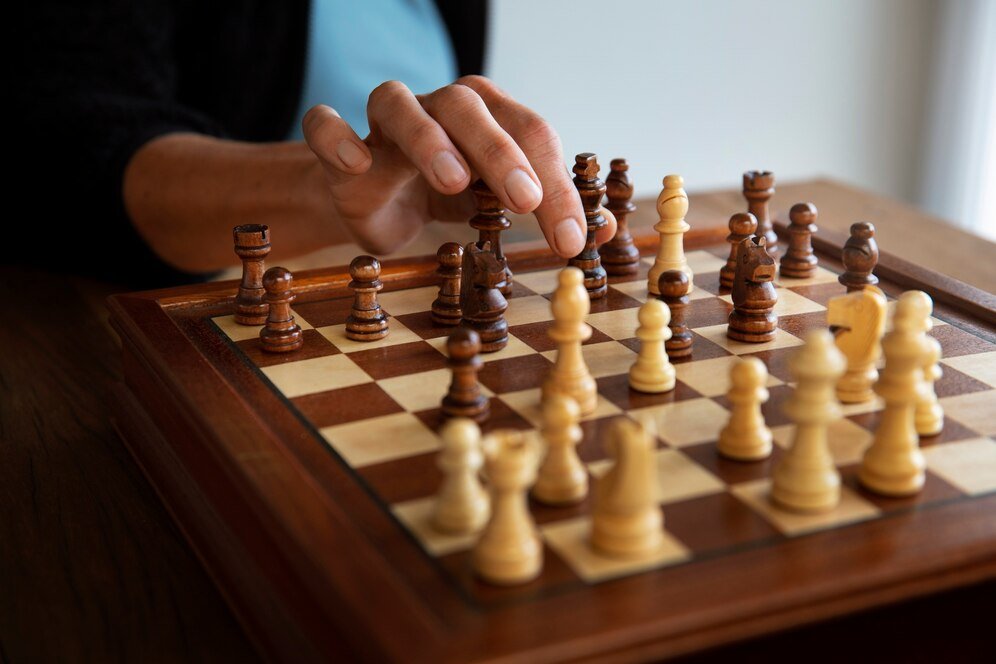
Pawn Promotion: Informing children that when a pawn reaches the opposite side of the board, it can be promoted to any other piece except a king. This rule allows pawns to transform into more powerful pieces, such as a queen, rook, bishop, or knight, to enhance their strategic potential.
By familiarizing children with these fundamental rules, they gain a deeper understanding of the objectives and mechanics of chess, empowering them to play with confidence and competence.
Incorporating these aspects of rules and etiquette into chess instruction not only enhances children’s understanding of the game but also cultivates important values such as respect, fairness, and integrity. As they apply these principles on the chessboard, children develop not only their strategic thinking skills but also their character and sportsmanship.

Photo by Brett Jordan on Unsplash
Here, we uncover effective strategies to propel your game to new heights. Whether you’re a beginner or a seasoned player, join us as we explore the path to continuous improvement in chess.
Introduce children to chess puzzles and tactics, stimulating their problem-solving abilities and strategic thinking. By presenting them with various scenarios to decipher, puzzles challenge children to analyze the board and devise effective solutions. These exercises not only enhance their cognitive skills but also instill confidence as they successfully navigate through complex situations on the chessboard.
Encourage children to review and analyze their past chess games. By revisiting previous matches, they can identify patterns, strategies, and areas for improvement. Analyzing their moves and decisions allows children to gain valuable insights into their gameplay, helping them understand their strengths and weaknesses. This reflective process empowers children to refine their strategies, adapt their approach, and elevate their performance in future games.
In chess, losses are invaluable learning opportunities. Encourage children to embrace mistakes as stepping stones to improvement. By reflecting on their losses, children can pinpoint areas of weakness, identify recurring errors, and develop strategies to overcome challenges. This resilience and adaptability fostered through learning from mistakes not only enhance their chess skills but also cultivate essential life skills such as perseverance and resilience.
Explore a myriad of resources to enhance your chess skills. From online tutorials to books by chess masters, these tools offer valuable insights and tips to elevate your game. Dive into this wealth of knowledge and embark on your journey to chess mastery.
In today’s digital age, children have access to a plethora of resources to learn chess. Beginner-friendly books and online tutorials provide clear explanations and illustrations, making it easy for kids to grasp the fundamentals of the game.
For a more immersive learning experience, consider joining a local chess club or enrolling your child in professional coaching classes. These avenues not only accelerate learning but also provide opportunities to play against peers and receive guidance from experienced players, fostering growth and improvement.
Innovative educational apps and websites cater specifically to children interested in chess. These interactive platforms offer a diverse range of lessons, puzzles, and games, engaging young learners and enhancing their chess skills in a fun and engaging manner.
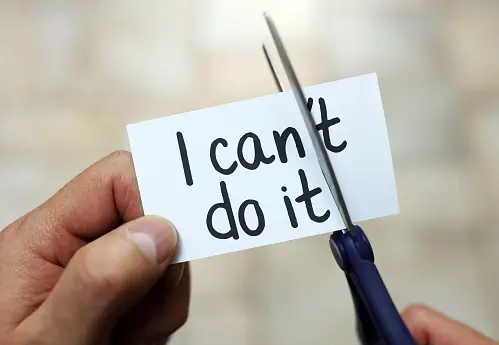
Embarking on the chess journey comes with its share of challenges. From mastering strategies to overcoming mental barriers, players face common hurdles. In this guide, we explore these challenges and provide insights to overcome them. Whether it’s refining opening strategies or tackling tactical puzzles, this resource aims to equip players with the tools needed to conquer obstacles and excel in chess.
Learning chess presents challenges, and children may feel frustrated at times. It’s essential to encourage perseverance and celebrate even small progress. By fostering a positive attitude, children can overcome frustration and stay motivated to improve.
Losses are an inevitable part of learning chess. Teach children the importance of being gracious in defeat and focusing on learning from their mistakes rather than dwelling on the outcome. Emphasizing growth and learning helps build resilience and a healthy approach to competition.
To keep children engaged, introduce new challenges and variations to the game. Organize friendly tournaments or themed chess events to spark their interest and foster a sense of community. By continuously offering fresh experiences, you can sustain their enthusiasm and passion for chess.

Chess is a fantastic educational tool with countless benefits for children. Early exposure to the game, coupled with support and encouragement, helps develop valuable skills that last a lifetime.
Ready to unlock your child’s potential through chess coaching? Book an appointment with Sunshine Chess Academy today and embark on a journey of growth and learning!

Children as young as four or five years old can begin learning the basics of chess. However, the optimal age to start may vary depending on the child’s readiness and interest.
The time it takes for children to become proficient in chess varies depending on factors such as practice frequency, aptitude, and coaching. With regular practice and dedication, children can make significant progress within a few months to a year.
While chess can be beneficial for most children, it may not appeal to every child. It’s essential to gauge their interest and readiness before introducing them to the game.
Yes, studies have shown that children who play chess regularly often perform better academically, particularly in subjects requiring critical thinking and problem-solving skills.
Parents can support their child’s interest in chess by providing access to resources, encouraging regular practice, and participating in chess-related activities together.